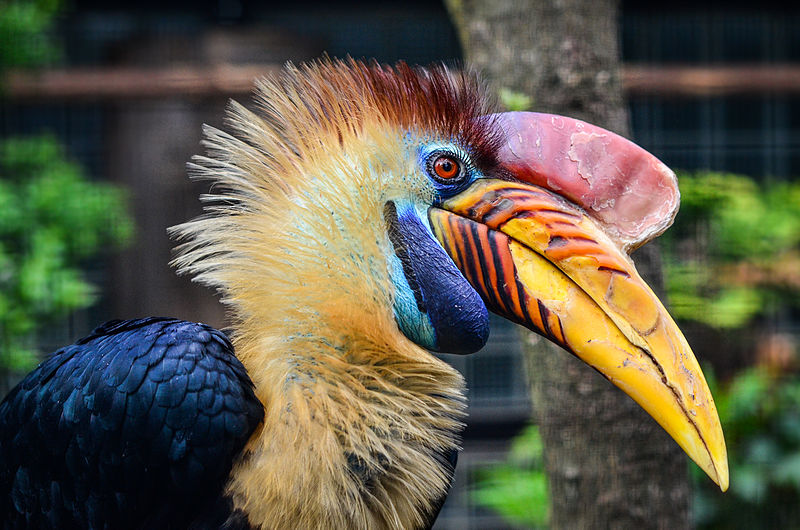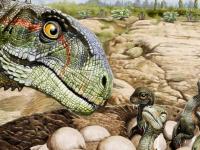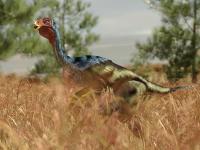8 Fascinating Ways to Witness Dinosaurs Alive on Earth Today
Forget what you’ve been told about dinosaurs going extinct. They’re doing just fine.
In fact, you can still see 10,000 different species of their descendants flying around if you just look up at the sky.
Of course, the dinosaurs’ dominance of planet Earth ended with a catastrophic asteroid strike — one that caused untold destruction and global climate change. But through all of the devastation, some smaller dinosaurs survived and flourished, and some of those evolved into today’s modern birds. Yup. Every single avian species alive today — from hummingbird to hawk — can claim to be of the lineage of the mighty dinosaur!
So what dinosaurian traits do modern birds still carry all these millions of years later? Here are 8 ways to witness dinosaurs alive on Earth today:
1. Watch a bird walk.
Birds descended from a group of two-legged, or bipedal, dinosaurs called Theropods. This is why birds have two legs rather than four like dogs, cats and reptiles. Some of the best known Theropods include Tyrannosaurus Rex, Velociraptor and Allosaurus.
2. Look at their feathers.
Though you wouldn’t know it from watching dinosaur movies, most scientists believe that some dinosaurs — specifically Theropods — had feathers. Early dinosaur feather bearers couldn’t fly, but they were warm-blooded, and their feathers may have helped them maintain a steady body temperature. And just like in birds today, colorful feathers may also have helped attract mates.
3. Hold a hollow bird bone.
Most birds have hollow bones with a honeycomb structure that reduces their weight while maintaining strength — both essential traits for flight. Dinosaurs also had hollow, strong bones, which scientists believe helped them support their large size.
4. Snap a wishbone.
Crack a T-Rex wishbone at a Cretaceous era Thanksgiving and you would be wrestling with one the size of a boomerang! The wishbone, or furcula, helps strengthen a bird’s skeleton for flight, so it was originally thought to be a uniquely avian trait, but it has since shown up in bipedal dinosaurs like T-Rex and Velociraptor.
5. Look at the diversity of birds’ eggs.
Birds had always been considered unique in the animal kingdom for their colored eggshells, but now we know where this eye-popping trait comes from. Paleo-biologists were able to confirm that some dinosaur eggshells were colorful, too!
6. Trace the curve of a flamingo’s neck.
Elegant Snowy Egrets and flamingos appear to have little in common with a rugged dinosaur, but take another look. The S-shaped neck they share with many Theropods can hold far more vertebra than most animals, giving both birds and their ancient dinosaur ancestors a greater range of motion.
7. Find a bird nest.
Dinosaurs laid their eggs in nests just like birds do today. In fact, fossil discoveries of multiple dinosaur specimens have led paleontologists to believe that many Theropod dinosaurs protected and cared for their nests, eggs and young just like birds today.
8. Admire birds of many colors.
Quick! What was that? If you’ve ever seen a flash of color dart from tree to tree, you know it was likely a colorful bird. Perhaps it’s a red cardinal, a rust-colored robin or a blue jay. Modern birds come in many colors, and scientists have discovered that dinosaurs did, too. In fact, dinosaurs may have been as colorful as the birds we see today!
Source: https://triblive.com









